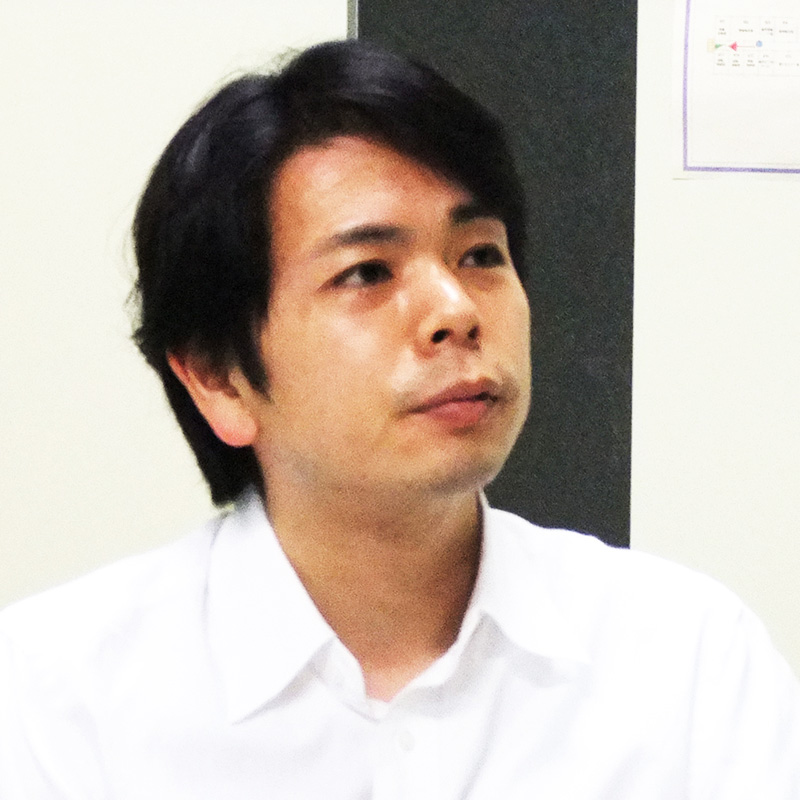MIYAO Tadahiro
Professor
Unravel the mysteries of the electron by mathematics
Department of Mathematics, Mathematics

| Theme | Study of many-electron systems by means of the operator theory and the theory of operator algebras. |
| Field | Mathematical physics, Condensed matter physics, Functional analysis |
| Keyword | Spectral analysis, Operator algebras, Functional integral methods, Quantum field theory, Quantum statistical mechanics, Topological phases of matter |
Introduction of Research
My research seeks to uncover the mathematical structures underlying diverse phenomena in condensed matter physics by employing — and deepening — theoretical frameworks and methods from operator algebras, stochastic analysis, and spectral theory.


